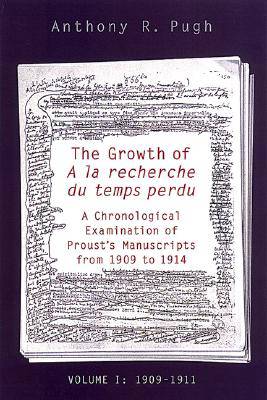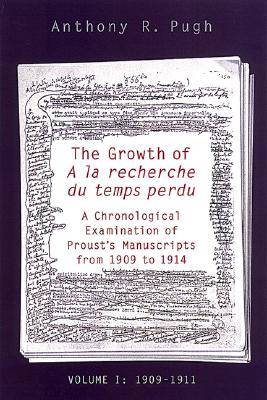
- Retrait gratuit dans votre magasin Club
- 7.000.000 titres dans notre catalogue
- Payer en toute sécurité
- Toujours un magasin près de chez vous
- Retrait gratuit dans votre magasin Club
- 7.000.000 titres dans notre catalogue
- Payer en toute sécurité
- Toujours un magasin près de chez vous
The Growth of a la Recherche Du Temps Perdu
A Chronological Examination of Proust's Manuscripts from 1909 to 1914 (Two Volume Set)
Anthony R PughDescription
For forty years, scholars have had access to a vast array of documents that reveal the stages by which a few modest episodes grew into the vast and complex structure the world reveres as Marcel Proust's unique novel, A la recherche du temps perdu. Although many soundings have been made in this corpus, which comprises manuscript pages, exercise books, typescripts, and publisher's proofs, Anthony Pugh's study is the first attempt to provide a comprehensive view of the story that the documents reveal, at least in the years before the outbreak of war in 1914.
A crucial feature of the research is the rigorous establishment of the chronological sequence of the documents, a task complicated by Proust's habit of returning to sketches already written, amplifying them with extensive additions in the margins and on the facing pages, often reorganizing them, and finally reworking them in another form, sometimes physically intercalating pages of the first version into the new one. Anthony Pugh analyses with scrupulous care every document, facing all the multi-faceted problems they present, and showing why many solutions, some of them widely accepted by Proust scholars, have to be questioned.
It emerges from this investigation that however unsystematic Proust was in his method of composing, there is an inner logic in the way he oscillates between writing new incidents and editing texts already extant. Now, for the first time, the whole story of the way in which A la recherche du temps perdu grew during the first six years of its gestation is told in full, both in its general thrust and in its fine details.
Spécifications
Parties prenantes
- Auteur(s) :
- Editeur:
Contenu
- Nombre de pages :
- 1120
- Langue:
- Anglais
- Collection :
Caractéristiques
- EAN:
- 9780802088185
- Date de parution :
- 29-10-04
- Format:
- Livre relié
- Format numérique:
- Genaaid
- Dimensions :
- 164 mm x 235 mm
- Poids :
- 1578 g







